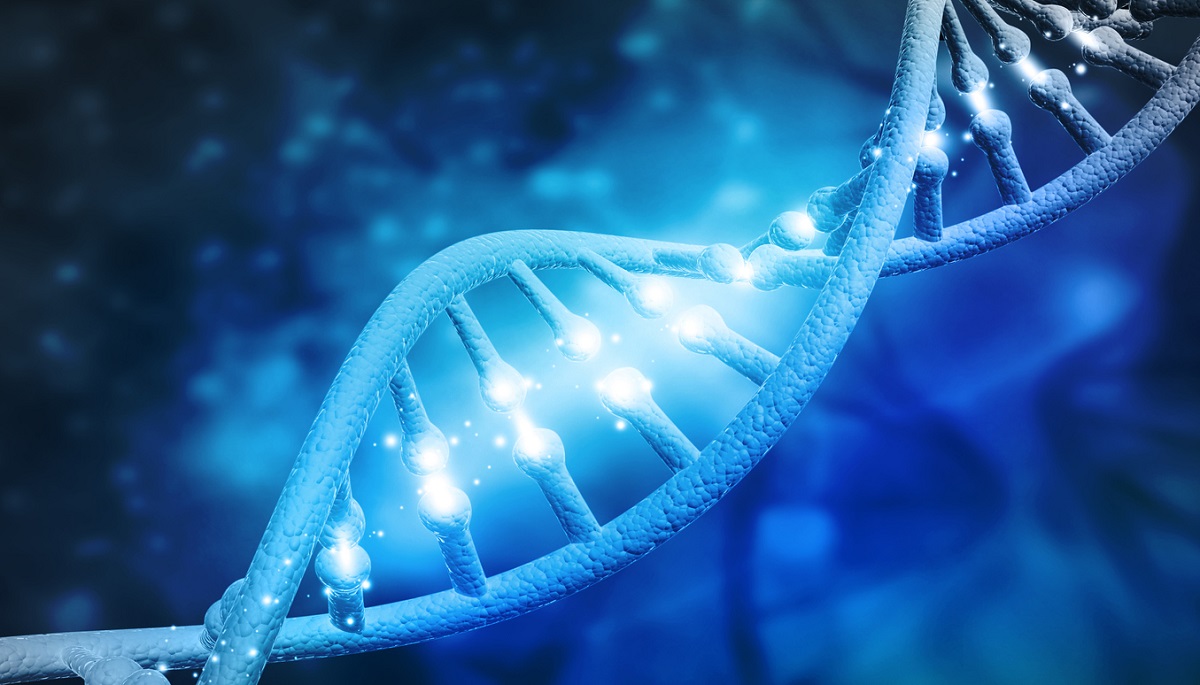
Hydrophobic Forces, Not H-Bonds, Bind DNA Together
September 25, 2019| |
Scientists at Chalmers University of Technology in Sweden refuted the prevailing theory that hydrogen bonds (H-bonds) bind the two strands of the DNA together. They found out that water is the key. The results are published in the journal Proceedings of the National Academy of Sciences of the United States of America (PNAS).
DNA is composed of two strands with sugar molecules and phosphate groups, and nitrogen bases in between the two strands. It has been believed that the two single strands are bound together by hydrogen bonds. However, the researchers found evidence that the secret to the structure of the DNA helix may be due to the hydrophobic nature of the molecules inside the DNA. The environment is hydrophilic, while the hydrophobic nitrogen bases push away the water in the environment. When hydrophobic units are placed in a hydrophobic environment, they clump together, to lessen water exposure. The hydrogen bonds still have a crucial role, but not in holding the DNA helixes together, instead in sorting the base pairs in the proper sequence.
This new discovery is vital in understanding how DNA reacts with its environment.
Read more from Chalmers University of Technology or PNAS.
| |
You might also like:
- Pocket K No. 15: 'Omics' Sciences: Genomics, Proteomics, and Metabolomics
- Scientists Finally Record Successful Mitochondrial DNA Editing in Plants
- Scientists Use Environmental DNA Approach for Agri Pest Surveillance
Biotech Updates is a weekly newsletter of ISAAA, a not-for-profit organization. It is distributed for free to over 22,000 subscribers worldwide to inform them about the key developments in biosciences, especially in biotechnology. Your support will help us in our mission to feed the world with knowledge. You can help by donating as little as $10.
-
See more articles:
-
News from Around the World
- Nigeria Stresses Importance of Biotechnology for Food Security
- Study Opens Door to Flood Resistant Crops
- Scientists Discover Way to Make Crops Grow in Salty Soils
- Adoption of GE Corn, Cotton, and Soybeans in the U.S. Close to Saturation, USDA-ERS Reports
- Biologists Identify Six Genes in Maize Responsible for Production of Plant Antibiotics
- Safety Assessment of GM Crops Completed in Korea
- Bt Brinjal Technology Boosts Yield, Reduces Pesticides in Bangladesh, IFPRI Reports
- Most Complete Potato Genome Sequence Published
-
Research Highlights
- Analysis of Expression Profiles of Nuclear Factor-Y Genes in Cassava
- Hydrophobic Forces, Not H-Bonds, Bind DNA Together
-
Plant
- Engineering Broad-Spectrum Bacterial Blight Resistance in Rice Using CRISPR-Cas9
- Scientists Use CRISPR to Develop Apples Resistant to Fire Blight
-
Read the latest: - Biotech Updates (December 3, 2025)
- Gene Editing Supplement (November 26, 2025)
- Gene Drive Supplement (February 22, 2023)
-
Subscribe to BU: - Share
- Tweet

